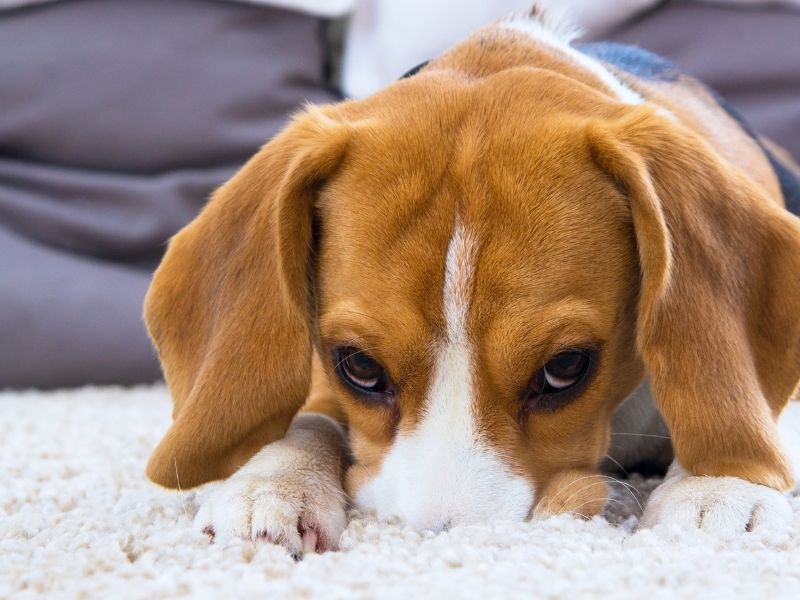
How to Stop a Dog from Marking in the House for Good
This post may include affiliate links. Please read my disclosure policy.
Urine marking is a common behavior, particularly in male dogs. Dogs mark with their urine to assert ownership of objects and areas, leaving a scent message for other dogs. Female dogs mark with their urine too, especially during their heat cycle. This natural behavior is a way for dogs to communicate and establish social hierarchy.
What’s the Difference Between Peeing and Marking?
Your dog may pee inside if they haven’t been let out enough, if they have a small bladder, or for many other reasons. But the peeing will result in a full puddle of urine.
Whereas, in marking, you’ll only find a small amount of urine, and it’s often found on the same spot or object.
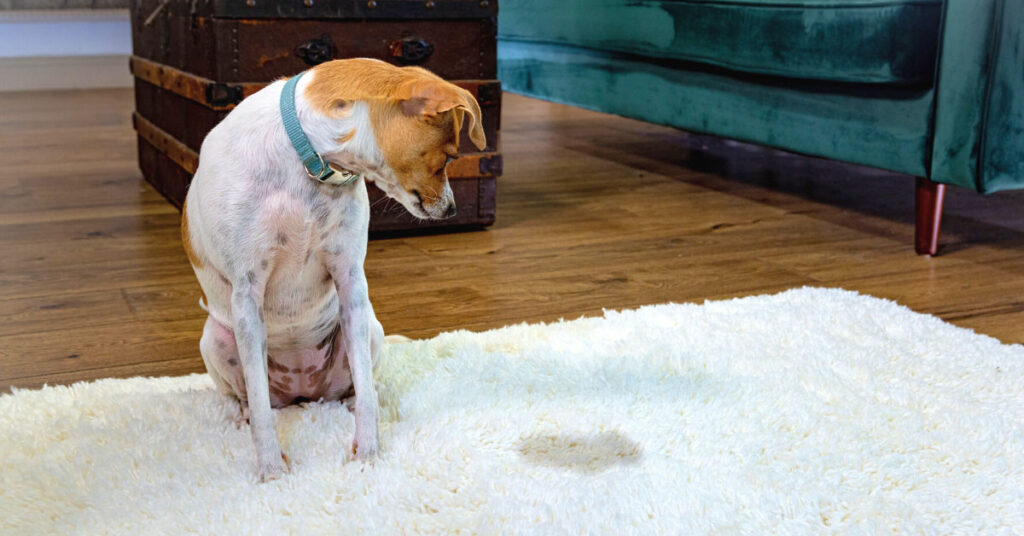
It’s considered natural behavior when dogs mark a certain spot, but it’s certainly not acceptable in the house. Furniture, floors, walls, and other items are ruined or damaged when your dog decides to claim them as his own.
Urine marking is not the result of faulty housebreaking. In fact, most of the time, urine marking can be curbed with behavior modification.
Why Is Your Dog Marking in Your House?
One of the most common reasons dogs start urine marking inside your home is the addition of anything or anyone new, be it a new dog or cat, a baby, a new partner, or even new furniture. This behavior can be particularly prevalent in multi-dog households where there’s competition for resources, attention, or status. By territory marking, a dog is basically saying, “This is my space. Keep out.”
Other triggers may be stress, like moving to a new home or even a change in your and your pup’s routine. Certain forms of anxiety, like separation anxiety, can also cause this behavior. Dogs urine mark as a coping mechanism, providing them with a sense of security and familiarity in response to perceived threats or changes.
If your dog urinates more frequently in your home, this may also indicate underlying health issues. Certain diseases may result in increased urination, which can be misconstrued as marking behavior.
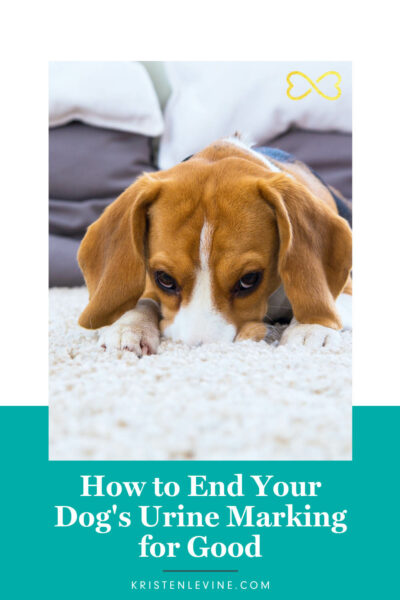
How to Stop Dog Marking in the House
Spay or Neuter Your Dog
For both female dogs and male dogs, spaying or neutering will reduce or stop marking behavior. According to the North American Veterinary Community, as many as 50% of male dogs stop scent marking, or at least do it significantly less often, after being neutered.
Intact male dogs usually begin marking when they start to reach sexual maturity.
If you have a puppy, neutering him as soon as he’s old enough is one of the best ways to stop indoor marking from starting in the first place.
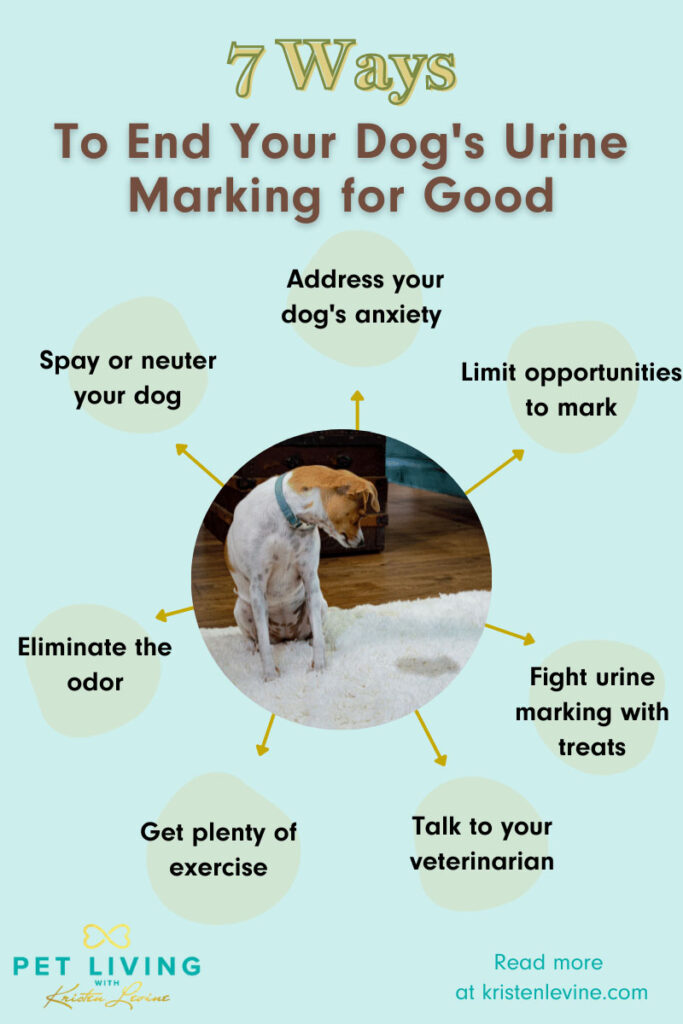
However, it may be days or even weeks for the urine marking behavior to stop after your dog is altered since hormones gradually decline rather than come to a screeching halt.
And it will likely also take some additional house training on your part to change the marking behavior if it has become a deeply ingrained habit.
If your male dog is peeing in the house weeks or months after he’s altered and after you’ve taken the steps below, there could be other behavioral or physical issues that need to be addressed.
Address Your Dog’s Anxiety
If your dog’s marking is caused by something like separation anxiety, you’ll want to address it sooner than later, especially since anxiety can escalate as your dog ages.
This is one reason why it’s important not to yell at your dog when he marks. If he’s doing it out of anxiety, yelling may make it much worse.
Some dogs experience noise anxiety, social anxiety, or separation anxiety. These fears can make a dog react with unwanted behaviors, like urine marking.
There are several OTC (over-the-counter) anxiety tools that can help alleviate your pup’s anxiety. I love this pheromone collar from Adaptil.
My dog, Chilly, had severe anxieties, especially around loud noises, and this collar was a very effective tool we used to manage it. The pheromones have a calming effect on some dogs and can reduce the urge to mark. There is also a room diffuser if you prefer that.
There are also many food-based remedies for calming anxiety, including calming probiotics and calming foods.
Ultimately, if your dog has anxiety, you may need to enlist the help of a veterinary behaviorist to work through it. You can find a behaviorist in your area using this page on the dacvb.org site.
You can also check out my pet anxiety resource page for more information about anxiety signs and solutions.
Eliminate the Odor
As long as the odor from your dog’s urine is still there, he’ll likely continue to mark the same spot. So it’s important to clean it up correctly, with a bio-enzymatic cleaner designed to eliminate biological waste, like urine. Be sure to let these completely dry to eliminate all traces of organic matter.
An enzyme cleaner works by eating the bacteria that’s causing odor and stains. Ordinary household cleaners will do little to eliminate the mess. If you’re in doubt, take a black light to any mess you’ve cleaned without using a bio-enzymatic cleaner, and you’ll be convinced!
Kinderbean No-Stress Mess Eraser is, paws-down, the best cleaner for pet mess, in my opinion. I’ve tested a lot of cleaners, and most have come up short in one way or another.
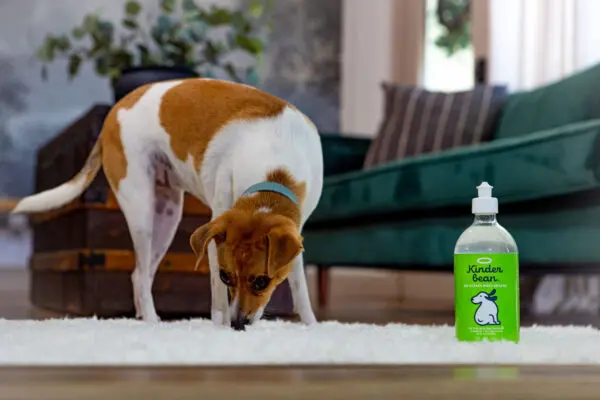
Whichever cleaner you choose, make sure it is:
- Bio-enzymatic
- Safe for pets (both in chemical composition and odor)
- Doesn’t contain harsh dyes that could discolor surfaces
- Contains natural ingredients
- Has a durable dispenser (many have cheap spray tops that break in shipping)
Once you have your cleaner, you need to use it properly to make sure it eliminates the odor.
- Soak up as much urine as possible with a paper towel.
- Saturate the spot with the cleaner. This is important so it can make contact with the urine and eat the bacteria.
- If the spot is horizontal, lay a clean cloth over the top and allow it to set overnight or 12–24 hours. If the spot is vertical, allow the cleaner to air dry.
- Retreat if necessary.
It’s a very simple process, but it’s so important not to simply “spray and wipe away.”
- Enzyme-Powered Cleaner: Simple ingredients, powered by plants. Powerful, bio-enzymatic formula biodegrades odor and stain molecules leaving nothing behind.
- Any Stain, Any Surface: Erases pee, poop, vomit, blood and scoot stains from all floor and furniture surfaces including carpets, upholstery, hard floors and more - even cleans leashes, collars and pet bedding.
- Easy to Use: In just three steps, this ready-to-use cleaning formula will erase messy stains and odors for good - no mixing, just shake and go.
- Safe for Pets & the Earth: Our non-toxic blend of safe probiotics and naturally occurring enzymes have no harsh chemicals, no scary additives, no residue and no possibility of harm to your family or pets.
- Created by a Pet Expert: Pet industry veteran and lifelong pet parent Kristen Levine created Kinderbean to make loving pets easier, messes and all.
Fight Urine Marking with Treats
Most dogs won’t pee where they eat. Change the meaning of the place he has marked by leaving treats directly on the spot after cleaning it.
Consistency is key here because as soon as you’ve banished one area as a pee spot, your dog may choose a new area. It may take weeks before your dog realizes the entire house is off-limits to territory marking. But this solution is usually permanent, so it’s worth the wait.
I like to use these treats because they’re low in calories and all-natural. When you’re dog training, you’ll go through a lot of treats, so you don’t want to give them full-size bones or cookies that will pack on unhealthy pounds.
Get Plenty of Exercise, Both in Body and Mind
Breeds known for their high energy or above-normal intelligence are in special need of exercise. Getting out that pent-up physical or mental energy can help calm your dog and avoid behavioral issues, such as marking.
If you’re already walking your dog and he’s still peeing indoors, you may need to step up your game and either walk him longer or take him for a run.
If running doesn’t get you paws-itively excited, try taking your dog to the park for a game of high-intensity fetch. One of my favorite fetch toys is the ChuckIt! Ring Chaser. It allows you to throw a ring-like toy long distances without tiring out your arm. Plus, it bounces and rolls in ways that are really enticing to our energetic pooches!
Brain stimulation is also important, so come up with creative games or tricks to teach your pet. Not only will it give your pup a purpose, it comes with the benefit of increased bonding time with you!
Exercise may seem like a very simple step, but it’s probably one of the most important!
Limit Opportunities to Mark
If your dog is a stubborn marker, you may need to take stricter measures to curb the behavior.
Some experts recommend the umbilical cord method. When your dog is inside, he’ll remain leashed to you so you can closely monitor him. As his behavior improves, you can gradually give him more freedom to explore the house.
I’ve tried this method to housebreak my dog, Tulip, and it works fantastically. I’ll caution, though, that you do need a lot of patience and consistency to see results.
When to See Your Veterinarian
In most cases, behavior modification is enough to curb your dog’s urine marking. However, in some cases, urine marking can be caused by medical issues.
Your dog may have begun marking because of a urinary tract infection, and the only way to know for sure is to visit your veterinarian.
If your dog has begun marking and there doesn’t seem to be any apparent trigger, it’s time to visit your veterinarian to rule out anything that needs treatment.
Additionally, if your dog has extreme anxiety that’s causing the urine marking, you may need to seek help from a veterinary behaviorist. They can help get your dog the relief he needs and recommend more ways and methods on how to stop a dog from marking in the house.
When Is Urine Marking Acceptable?
When you’re walking your pup, urine marking outdoors should be all right. If you’re in an area where marking would not be acceptable, perhaps like your neighbor’s beloved garden or flower bed, take note of any tell-tale signs that your dog is about to mark, like prolonged sniffing. Lead your pup away from the area by encouraging them to move along (use the voice that you know gets lots of wags) and offer treats if you have any on you.
The Tail End
If your dog is urine marking in the house, rest assured it’s not because he wasn’t house trained enough. Urine marking is a behavior, and with behavioral modification along with neutering your dog, you can stop marking for good.





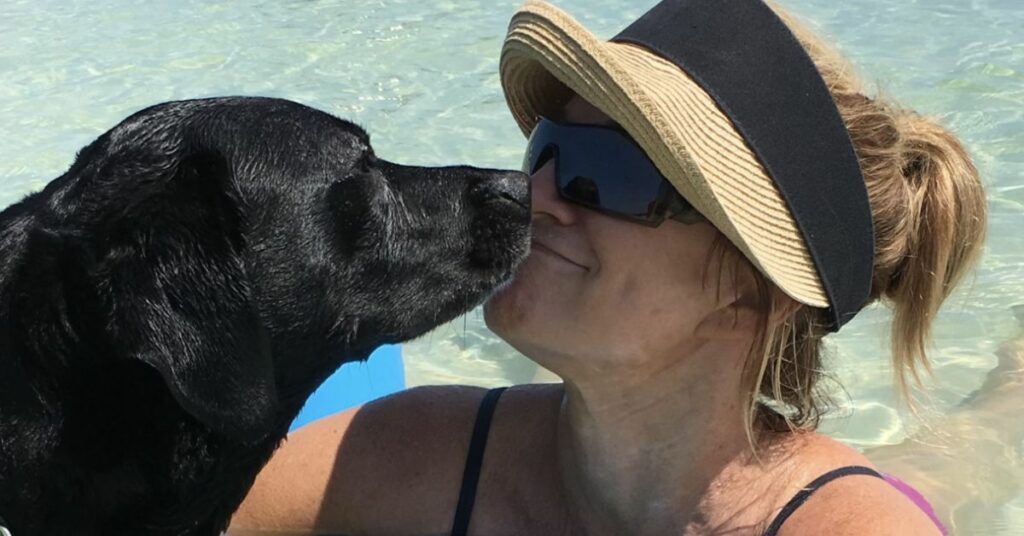
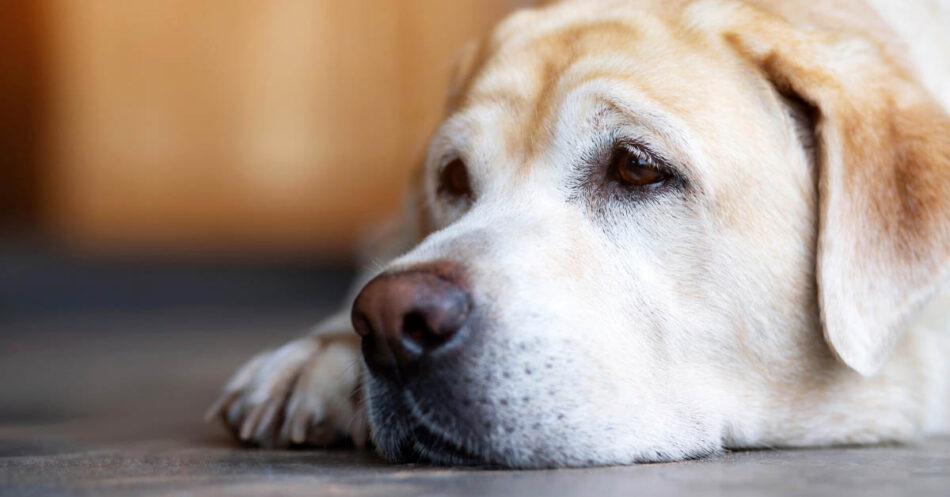
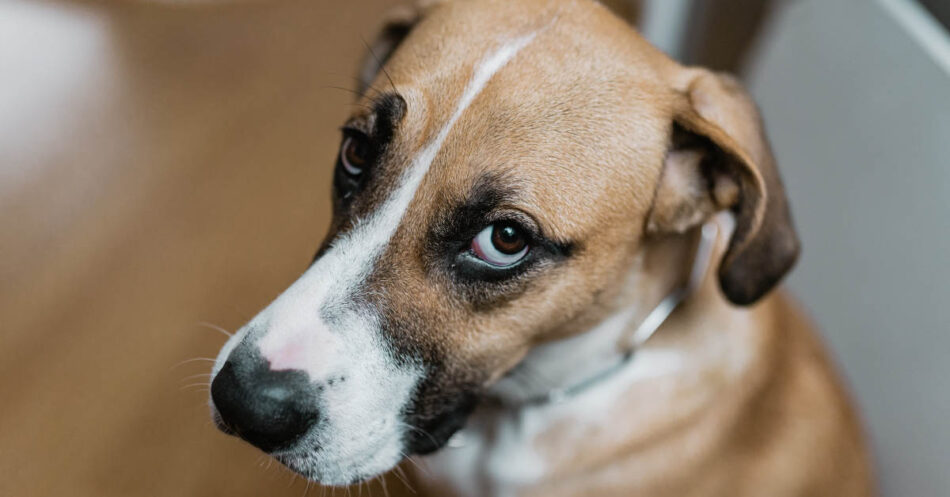
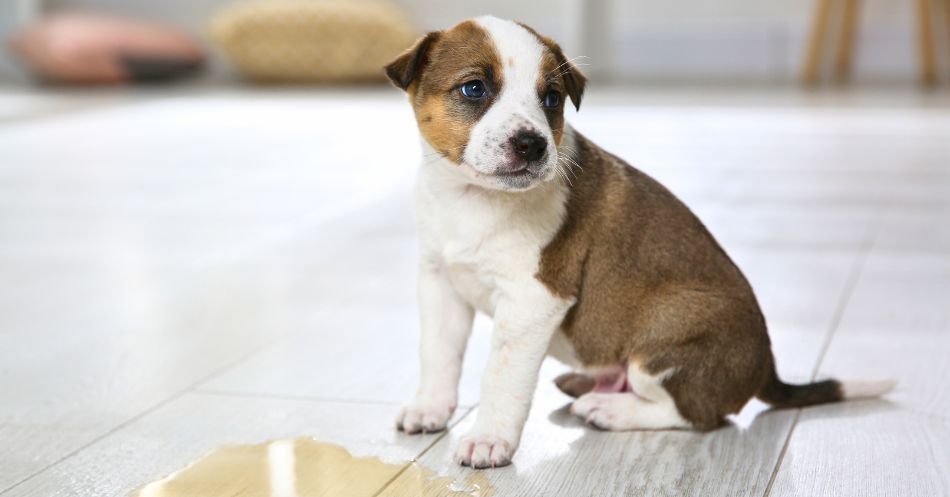
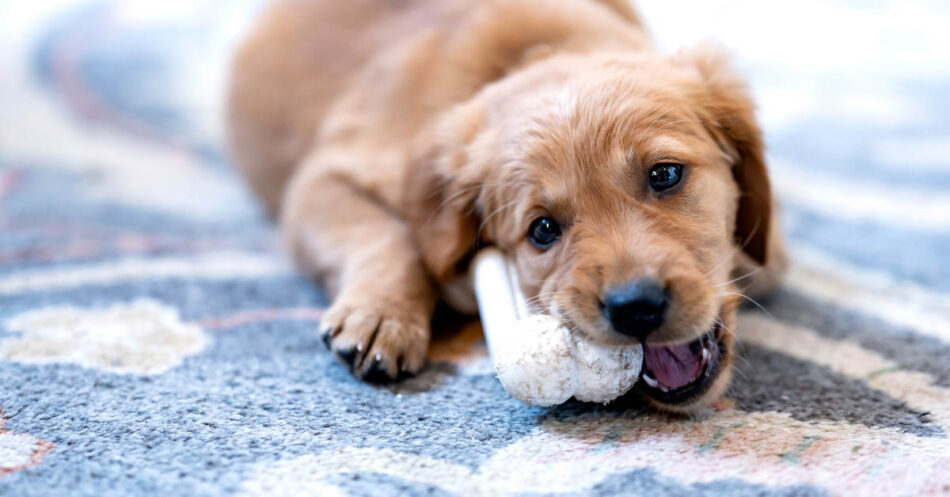
So I have a 8mth dog and a 14mth dog both now fixed as of yesterday 🤦🏽♀️ However the 8 mth has all of a sudden started marking all over the house bc the other one has went into heat before fixing and now that they are both fixed as of yesterday he decided to get on the couch(where the female was last night)after going outside and using the bathroom twice this morning and pee just a little. He is still marking now more than he was before being fixed yesterday!! How long will this happen? Will this stop now that they are both fixed? I’m running out of options
Hi KJ,
Accidents aren’t uncommon after being fixed. He is still healing since he just got fixed yesterday! It is possible he is just having an accident, and not intentionally marking. I would keep a very close eye on his behavior over the next couple of weeks, and if the marking continues, take him to a veterinary behaviorist. They are trained in pet behavior and can help to determine why he is marking. You can find one here.
It’s also important to keep in mind that he is very young! At 8 months, he is still being housebroken. Puppies take a while to housebreak, and some breeds are more difficult to break than others. So, be patient with him! He is still learning 🙂
I hope this helps!
Kristen
I have a male and female dog. My female is in heat. We let them take turn lounging around in the living room and suddenly my male is marking in the house. Is this normal?
Hi Mia,
This is definitely not uncommon. Your male is trying to establish his dominance in the house and he can tell she is in heat.
My number one recommendation is to get them both fixed. Neutered males are the most common marking type. They are constantly wanting to mark their territory. Un-spayed females will occasionally mark as well.
Secondly, clean the areas he marks in completely with bio-enzymatic cleaner. This is a must! If he can still smell his urine, he will continue to pee there. Then, you can also put treats in the areas he marks in. This will make him less likely to go back to that area to pee.
I hope this helps! Keep me posted!
Kristen
This is happening to me too our female dog(Zoey) we got a few years ago went into heat the day before she was gonna get spayed and ever since the heat our male dog(Charlie) has not stopped marking even though both Zoey and Charlie are fixed.
I have a 1 year old chihuahua/jack russell terrier mix. He is a male and has a serious urinating problem. He does it all over the house, more specifically where my female (his mom) has been. She lounges on the rim of our couch and my male has peed more than 10 times on our couch. He’s getting neutered in 3-4 months, but to me it seems like a really long time. Is there any way we can reduce his marking a little bit before he’s neutered?
Hi Lani,
Gosh, that is a frustrating issue. It sounds like he is marking his territory to establish some sort of dominance to the other dog in your home. Once he gets neutered, that should really help. But, you are right – 3-4 months is a long time to wait!
In the meantime, ensure that he is going outside often enough throughout the day. Depending on his age and size, he may need to go out more often to relieve himself. Additionally, clean each area he marks right away with an enzyme cleaner. I really love the Unique Pet Care cleaner. If you follow the directions exactly, it should take the odor completely out. If he can’t smell his own urine, he is less likely to go there again. But, remember it could take a few treatments to get the odor out entirely. Dogs have a great sense of smell! You can buy it here.
I hope this helps! Good luck, and his neuter will be here before you know it. Keep me posted!
Kristen
Hi, my dog is 2 years old. Most of the time she would go on the puppy pad. But lately she has been peeing on the carpet. When she sleeps with us at night in bed, sometimes she pees on the puppy pad noo problem, but lately she won’t go on the puppy pad, but will go on the carpet. So we tried having her sleep in her crate at night, but every time we let her out of the crate, she pees everywhere. On the couch, on the random hardwood floor, the carpet in the bedroom. Even though she has a fresh puppy pad. I’ve tried nature’s miracle enzymatic carpet cleaner, but she still goes on the carpet. Our apartment is very small, she knows where the puppy pad is. There were times whenever she had to go she would go straight to the puppy pad to go. But it’s been almost a week where she hasn’t peed on the puppy pad at all. Which is unusual. Usually she will at least go on the pad sometimes and then accidents. Lately it’s just been consistently the carpet…she has been spayed since she was 6 months old. She is half Bichon Frise and Half Yorkie, only 16lbs. My boyfriend and I just don’t know what to do anymore. We love when she can sleep in bed with us and our other mini golden doodle who is potty trained for outside and never has accidents. We would appreciate any advice!
While this is all useful information, the one thing that’s missing is the reality. While some dogs can be trained out of marking, in many cases once it’s been established, it becomes a learned behavior, and all the cleaners and training on earth won’t stop it. At that point you will need to rely on dog wraps and isolating your dog when they can’t be supervised, because the marking behavior isn’t something you’re going to be able to stop
Hi Mark,
That is a good point. There are dogs who have learned to mark, making it very difficult to break the habit. But, it is not impossible! I dive much deeper into that point with my new e-book.
It is true that a learned marker is notoriously challenging to break. But, often times spaying or neutering them completely solves the problem. Or, seeing a Veterinary Behaviorist that specializes in pet behavior that can help break the habit!
Kristen
I have a 2 year old male English mastiff. He has been potty trained since 13 weeks old. All of a sudden he has started urinating on the corner of my bed. He has now done this 5 times in 6 days. I am very baffled as to why he just started doing this and always in the same spot. Any help would greatly be appreciated. Thank you.
Hi Steven,
Is he neutered? Unneutered males are more likely to start marking their territory. I would definitely recommend getting that done if you have not already.
Make sure to clean the side of the bed he marks on completely with bio-enzymatic cleaner each time he goes. This is key in getting the scent out. If he can still smell his urine, he will continue to mark there. I really like this cleaner.
Additionally, leave treats by the side of the bed that he pees on. This will make him less likely to continue to go there.
I hope this helps! You can download my “Pee guide” to get even more urine marking tips.
Keep me posted!
Kristen
Thank you for the reply. Roscoe is not neutered. I have a good friend that breeds mastiffs and wants Roscoe to sire some pups. I’ve been cleaning with a dog urine cleaner from wal mart. I’ll give the one you recommended a try. Also I just found out, 2 houses down from me has a dog in season. Thank you for your help and I’ll let you know how things work out.
I adopted a maybe 2-3 yr old Yorkie. I found him on the street and went through the Necessary area to officially adopt him. He wasn’t neutered, he is now but he pees everywhere! I have an older yorkie that he loves and gets along great. I use pee pads and I take them out. I’ve tried the waist bands, taking him out every 2 hours, rewards, nothing seems to help. Any suggestions would be appreciated!
Hi Lisa,
Gosh that is frustrating! Unfortunately, small dog breeds are notoriously difficult to housebreak. I just wrote a Urine Marking guide that I think you could benefit from! I have a whole section for small dog breeds. You can download it here.
I would recommend trying to take him out every hour. I know that is a lot, but, it could really help him to learn to relieve himself outside. Pee pads are great for puppies, but after a while your dog will begin to think that because there are pee pads, it is okay to go pee in the house! I would not recommend using them for a long term solution if you don’t want him to learn to go inside.
I hope this helps! The e-book will go a lot more in depth on how to train “Tiny Tinklers” 🙂
Good luck!
Kristen
Hello! I have a 4 year old male dog and an almost year old female dog. Both are fixed. Recently my female dog has been coming in the house smelling like urine and my male dog has started to try and hump her normally I would just try to distract him but he’s started to growl when I move towards him. He has also started to act out towards other dogs. The female is a new addition to the family. We had an older female who was the dominant but she passed away. we got the puppy as a companion for him because he had stopped eating when our older dog passed. He’s started eating but now he’s the dominant and I think that’s making him sexually active towards our female. I’m assuming he’s marking her (or she’s rolling in his urine) and trying to dominate her but I can’t afford to have him get aggressive and bite someone or someone’s pet. Does anyone have advice?? Thank you!
Hi Maya,
Oh gosh this is a tough situation! I am so sorry to hear about your older dog passing.
It does sound to me like he is trying to establish some dominance over the younger dog. Even though they are both fixed, that is not uncommon for the male dog to want to establish some dominance. Since aggression is involved, I think this is a behavioral issue. I would highly recommend seeing a Veterinary Behaviorist or a Fear Free certified Veterinarian. Neither of these options are going to cost you more than a regular vet visit, and they are more specialized in animal behavior.
You can find a Fear Free vet here and a Veterinary Behaviorist here.
I hope this helps! Keep me posted.
Kristen
Hi Kristen!
We have a 5 year old dog who has been neutered that will go outside and pee on our brand new house. Just lifts up his leg and does his business. We have tried to go outside with him and he won’t go until we get tired of being outside and then will go pee on the house. Is there a safe product that will help? Or any other suggestions? He doesn’t mark his territory in the house so that’s not an issue. Thank you!
Hi Brittany,
Oh no! I am sorry to hear your dog is marking on your new house. It sounds like he is trying to mark his territory. If the previous occupants of the home had a dog, he probably smells that dog and is peeing in the area he smells that dog.
My first recommendation is to take him out on a leash when he needs to potty outside and walk him to the area that you want him to go.
This will give you more control over where he pees and he won’t be able to walk over to the house. Give him a treat each time he pees where you want him to pee. After a couple of weeks, try to let him out without the leash and see where he goes. He should go where you leash trained him to go.
If he is still going on the house, try putting a little kibble or some treats right by where he typically pees on the house. Dogs don’t like to pee where their food is at. This can help to deter him to go elsewhere. This product is what I use at home and typically recommend and it is safe on water-safe surfaces (so, outside should be fine). However, I have not personally used it outside.
I hope this helps! Please keep me posted.
Kristen
Well, I have two puppies 8 months old ( yorkie and westie) that mark inside at every corner and by the table’s legs and kitchen island . I can’t remove the objects obviously and I am cleaning constantly with the product you listed but it doesn’t do any good for prevention . As soon they get one year old they will be neutered. I believe they compete for dominance and more I clean more they mark ! It’s very frustrating!
I have a three-year-old male neutered German shorthaired pointer. He marks everywhere inside the house. I’ve tried tether training him to break the habit, belly bands, going back to basic potty training. Nothing seems to work. He was even on an anti anxiety medication for a short period of time to see if that helped. The vet tested him for medical problems and he is healthy. He also likes to mark on our outside furniture and near the pool. We have taught him where to go on the grass, but he still continues to mark.